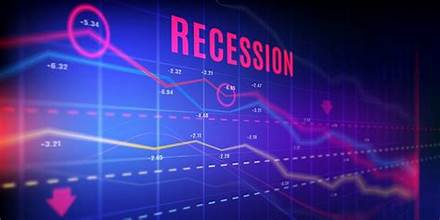Recession warnings are gaining attention as several key indicators suggest trouble ahead for the US economy. The Sahm Rule, which triggered in early August, the inverted Treasury yield curve, and The Conference Board’s Leading Economic Index have all signaled potential economic distress. Adding to the growing concern, John Hussman, president of Hussman Investment Trust and known for predicting the 2000 and 2008 stock market crashes, has highlighted two additional indicators that point to an economy hovering on the brink of recession.
Hussman’s first warning sign is a composite index that measures the relationship between manufacturing output and business demand. Typically, when orders for goods exceed manufacturing output, it indicates a healthy economy. However, the current ratio hovers around zero, a level only seen during the last eight recessions.
The second indicator focuses on the labor market, analyzing ten employment gauges, including the Sahm Rule, growth in unemployment claims, and changes in hours worked. This index now sits at a level that has only been reached during the last six recessions, signaling potential economic trouble.
While Hussman stops short of declaring a recession, he expresses doubt that incoming interest rate cuts will prevent an economic downturn. He also questions the effectiveness of rate cuts in supporting the stock market, noting that his proprietary gauge of “market internals,” which assesses investor sentiment, indicates a weak outlook. Historically, when this gauge shows pessimism, stocks have performed poorly, even during periods of Federal Reserve easing.
Beyond the immediate macroeconomic picture, Hussman warns of poor stock market returns in the coming decade, driven by current high valuation levels. His preferred metric, the total market cap of non-financial stocks relative to their total value added, is at its highest-ever level, surpassing peaks in 1929, 2000, 2008, and 2022. This suggests, according to Hussman, that the S&P 500 could average negative yearly returns over the next 12 years, potentially leading to a significant market drop.
Hussman’s track record lends weight to his warnings. He accurately predicted the tech stock crash in 2000, the negative returns for the S&P 500 over the following decade, and the 2007-2009 financial crisis. However, his recent performance has been less successful, with his Strategic Growth Fund down 54% since December 2010, compared to a 25% rise in the S&P 500 over the past year.
As investors navigate these mixed signals, the question remains: at what point does the mounting risk of a larger crash become too significant to ignore? While some strategists are optimistic about a soft landing for the economy, Hussman’s warnings suggest that a more substantial downturn could be on the horizon.



